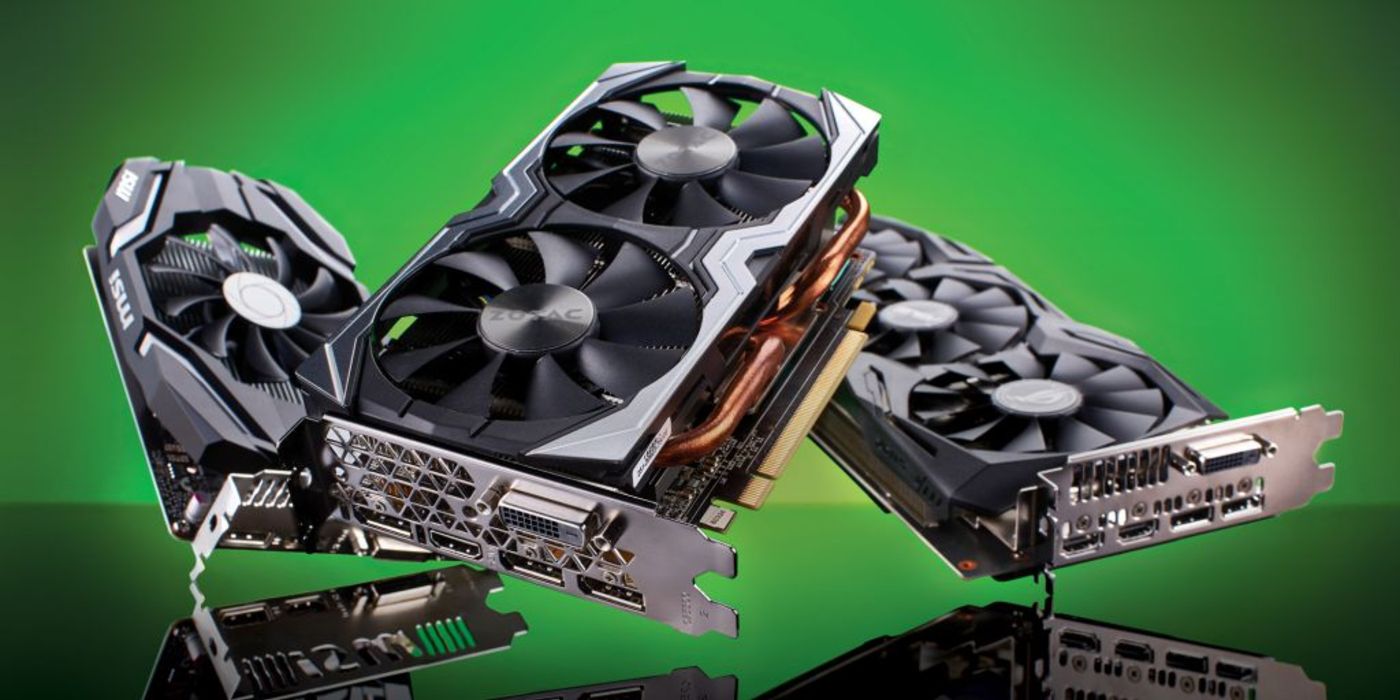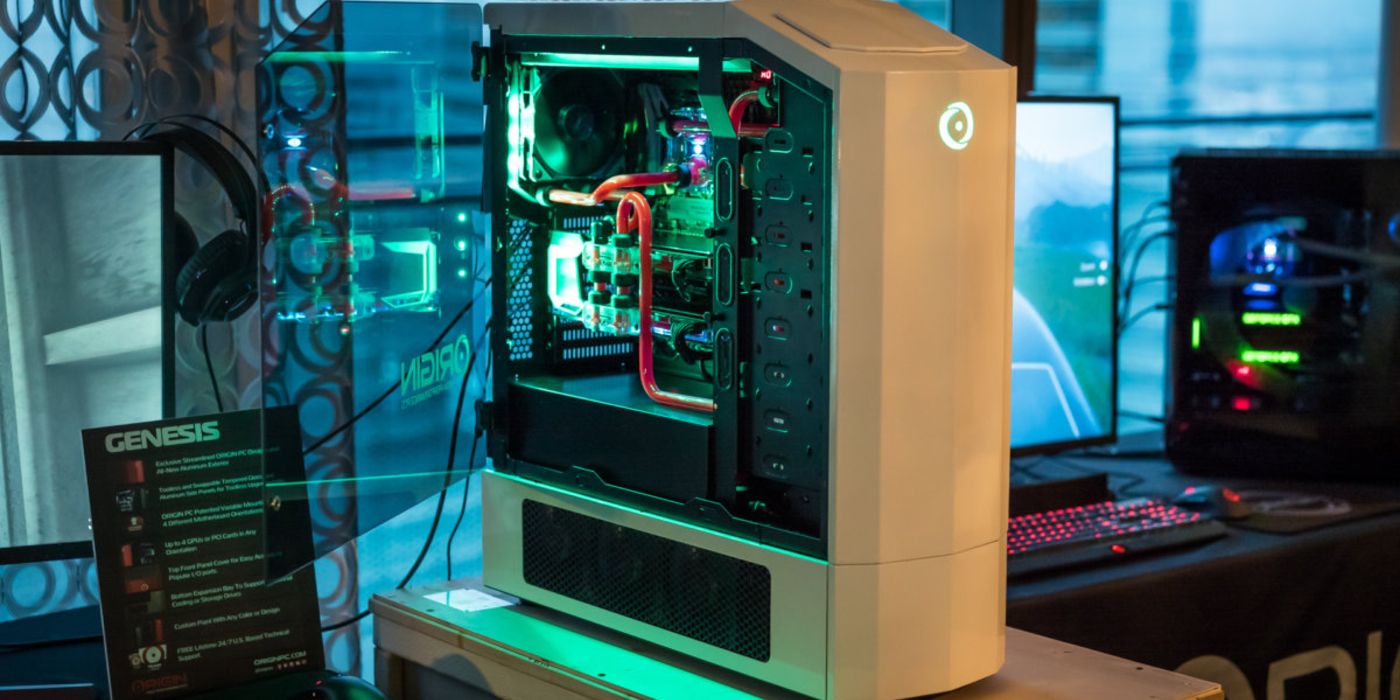With the holiday season reaching its climax, many people might be looking to make the jump from consoles to PCs in preparation for the upcoming year of gaming, or they could be seeking to move into video production. Unsurprisingly, there are a lot of things to consider when making any computer-related decisions, but for those who are seeking to construct their own gaming PC, here’s a quick, easy to digest guide to purchasing a graphics card.
A Graphics Processing unit is this circuit in every computer that is responsible for turning code into images. Simply put, this part is largely responsible for the way things appear on the screen. These are also known as video cards or GPUs, but they all do the same thing. Modern GPUs have their computing power measured in what is known as a flop, which stands for Floating-point Operations Per Second. For instance, the PlayStation 4 Pro’s AMD Radeon GPU holds 4.2 teraflops of computing power. Its predecessor, the PlayStation 3 ran with 230.4 gigaflops. Largely, this statistic is used to compare the power between two graphics cards.
As a word of advice, many laptops have what is known as an integrated GPU. This is when a GPU is rolled into the same piece as the CPU. This saves space but often leads to an overall less powerful GPU because it runs on the same RAM. Discrete GPUs are separate from the CPU and are often the stronger, and more cost-effective variant because it has its own, separate RAM known as VRAM. It’s important to note that your setup’s overall power contributes to your Frames Per Second, or FPS. There are 60 frames in a second, visually, this is how smooth things move on-screen. The strength of your graphics card is a large contributor to this but can be affected by your monitor and memory usage.
The Strongest and Priciest
The NVIDIA Titan V Giant currently holds the title as the strongest PC GPU and boasts a whopping 110 teraflops. As ZDnet reports, it costs $3,000 and is being aimed at the scientific field. So it’s not the type of thing the average person would need for their personal usage. That designation is rewarded to Nvidia’s GeForce RTX 2080 Ti. It boasts 13.448 teraflops and 4,352 GPU cores but costs more than $1,000 USD so it's an option for those who can afford it.
An Efficient Option
Price range is an important factor to consider for any potential buyer, for the purposes of this guide, it will be assumed that the goal is to match the power of upcoming consoles, as the current generation is already coming to a close. Specifications of both Microsoft’s Scarlett and Sony’s PlayStation 5 have yet to be completely shared with the public, so a good-middling option for those not looking to break the bank would be a graphics card like the Nvidia GeForce RTX 2070 Super with its middling price of $499 USD, 9 Teraflops and 2,560 GPU cores. But, sufficient research is suggested before making any purpose, as certain video cards and software may not always be compatible due to any number of factors.
The Screen Rant Suggestion
The GPU can be one of the most expensive parts of any new PC, and while it's important that a card is powerful enough to support whatever program is necessary, the need for additional power has to be there, to begin with. The AMD Radeon RX 5700 XT is a graphics card that cuts a fine line between power and efficiency, and can currently be found for around $389.99 USD. It doesn't support ray tracing, but it's among the best for its price point with its close to 10 teraflops and 2,560 cores.
Source: ZDnet


